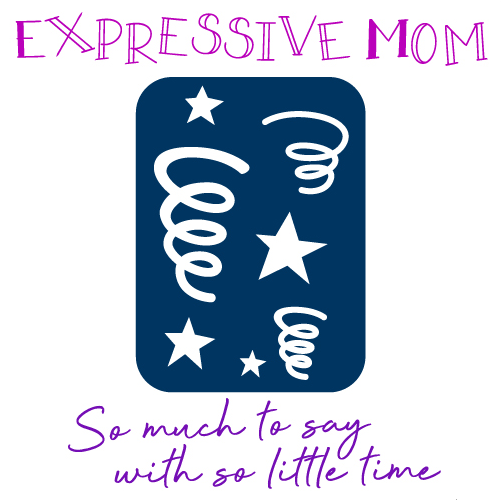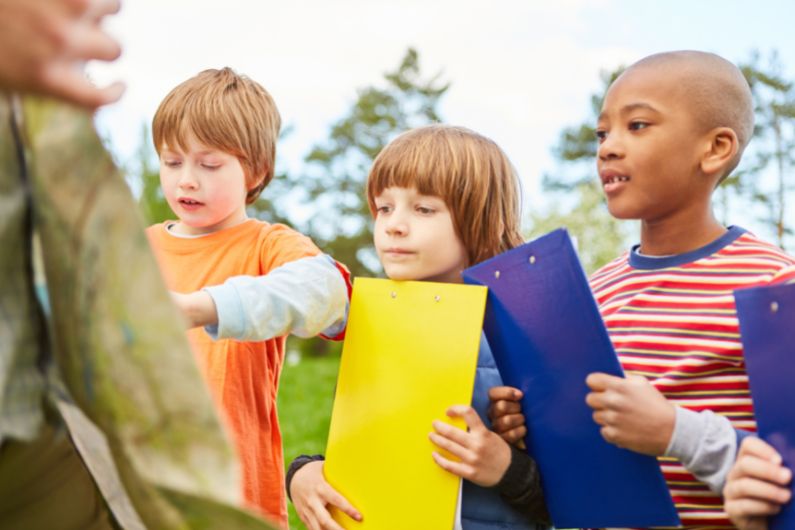A scavenger hunt is a fun activity that holds a kid’s attention, prompts them to problem solve, and rewards their efforts. Use these easy tips for creating a scavenger hunt for kids to tap into their love of adventure.
1. Pick a Location
The first step in creating the scavenger hunt is picking the location. Keep in mind how many kids will participate as well as their ages so you can choose an appropriate area for them to play in.
One of the best possible locations is also one of the easiest to use: home. Whether you’re using a scavenger hunt as a creative way to keep your kids busy at home on an ordinary day or as the highlight of a festive party, your home is a great option.
Parks can also work well for larger groups of kids. If you’re planning an outdoor get-together, public parks accommodate roaming bands of children well.
2. Consider a Theme
Next, consider a theme. This isn’t a necessary step, but if you want to tie the scavenger hunt in with a bigger event, such as a birthday party, it’s a simple adjustment. Not to mention, it can make the kids more excited about the hunt!
Use the theme to guide how you stylize the clues and reward; a pirate theme is one of the most popular options for scavenger hunts. Consider using chocolate gold coins and candy rings and necklaces as the treasure.
3. Start From the End
The next easy tip for creating a kids’ scavenger hunt is to start writing clues from the endpoint. Consider where you want the kids to find the treasure and what you want the treasure to be. You can also leave objects at different points for the kids to find throughout the hunt.
Write clues that lead away from the endpoint and back to the starting point. If the kids are younger, keep the clues simple. Older kids will enjoy more complicated clues and a longer journey. Write yourself a master list with all the clue locations.
4. Generate the Clues
Next, generate the clues by either writing them yourself or using clues you find online. Younger children will appreciate simple clues. Very young kids might appreciate one-word cards, such as a clue that says “sofa.” And kids who can’t read just yet will enjoy picture clues.
5. Test It Out
Before the hunt begins, test it out. Make sure the clues lead logically to each other, and consider how long you think the kids will take to complete the hunt. If you need to shorten the play time, take some clues away or make them less complicated.



Connect With Me !